
The Northern region, which occupies an area of about 70,384 square kilometres is the largest region in Ghana in terms of land mass. It shares boundaries with the Upper East and the Upper West regions to the north, the Brong Ahafo and the Volta regions to the south, Togo to the east, and Côte d?Ivoire to the west. The land is mostly low lying except in the north-eastern corner with the Gambaga escarpment and along the western corridor. The region is drained by the Black and White Volta Rivers and their tributaries such as the Nasia and Daka rivers.
The climate of the region is relatively dry, with a single rainy season that begins in May and ends in October. The amount of rainfall recorded annually varies between 750 millimetres and 1,050 millimetres. The dry season starts in November and ends in March/April with maximum temperatures occurring towards the end of the dry season (March-April) and minimum temperatures in December and January. The harmattan winds, which occur from December to early February, have a considerable effect on temperatures in the region, making them vary between 14oC at night and 40oC during the day.
Humidity is very low, aggravating the effect of the daytime heat. The rather harsh climatic conditions adversely affect economic activity in the region and in the health sector, enable cerebrospinal meningitis to thrive, almost to endemic proportions. The region also falls in the onchocerciasis zone. Even though the disease is currently under control, a vast area is still underpopulated and under-cultivated due to past ravages of river blindness.
The main vegetation is grassland, interspersed with guinea savannah woodland, characterised by drought-resistant trees such as acacia, (Acacia longifolia), mango (Mangifera), baobab (Adansonia digitata Linn), shea nut (Vitellaria paradoxa), dawadawa, and neem (Azadirachta indica).
Date Created : 11/28/2017 2:35:58 AM


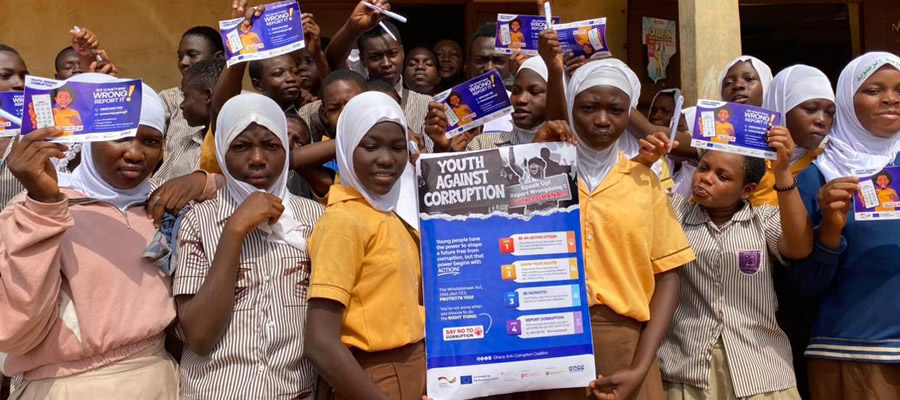
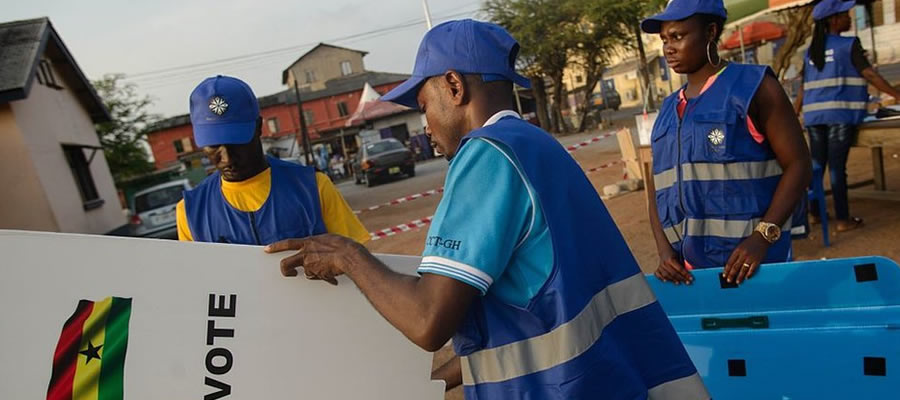
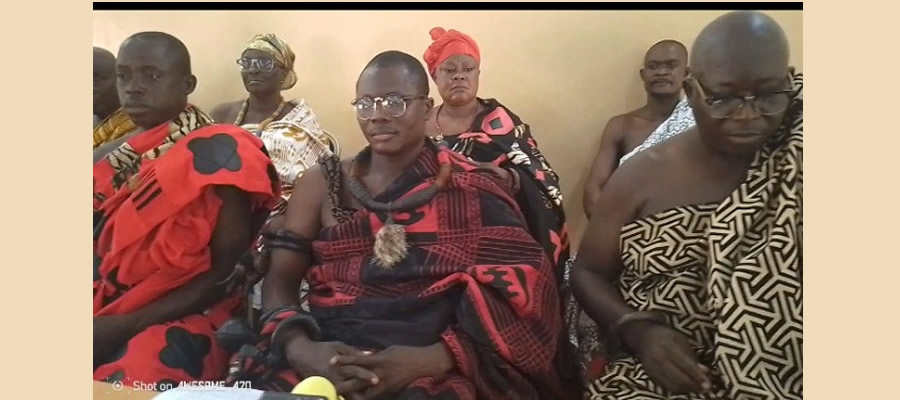
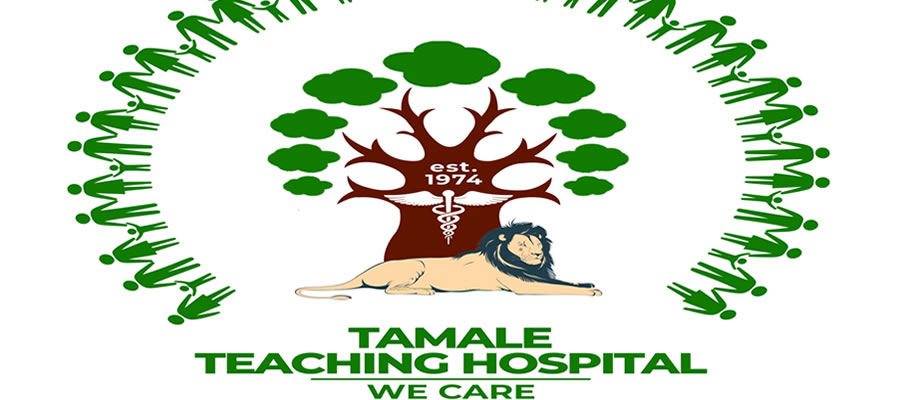

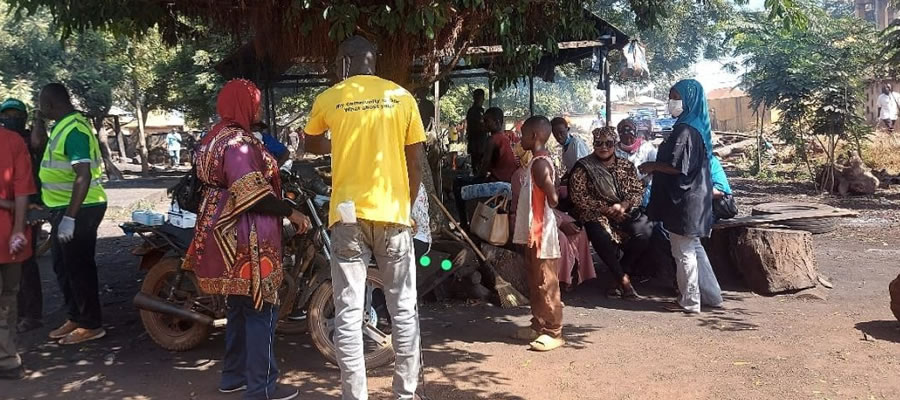
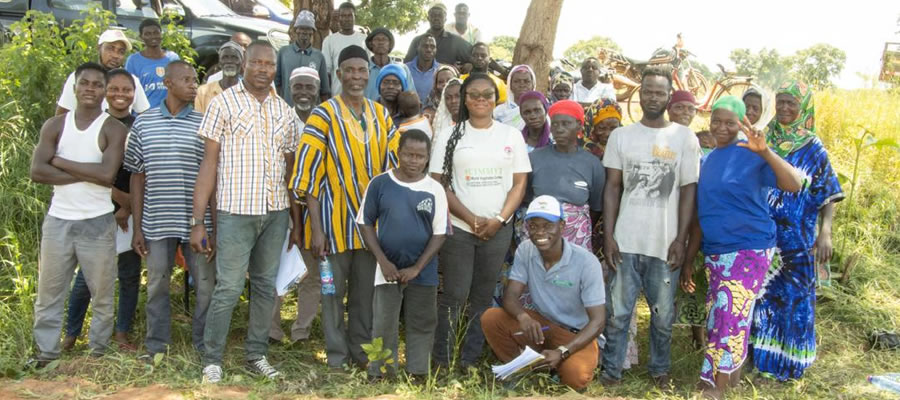



 facebook
facebook
 twitter
twitter
 Youtube
Youtube
 +233 593 831 280
+233 593 831 280 0800 430 430
0800 430 430 GPS: GE-231-4383
GPS: GE-231-4383 info@ghanadistricts.com
info@ghanadistricts.com Box GP1044, Accra, Ghana
Box GP1044, Accra, Ghana